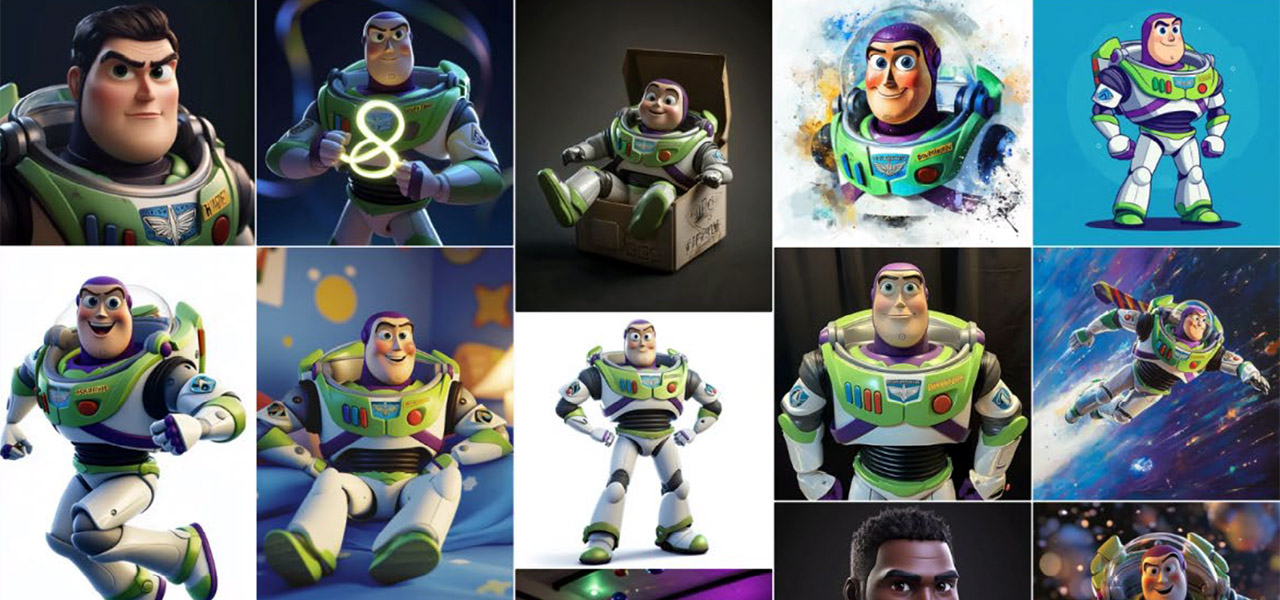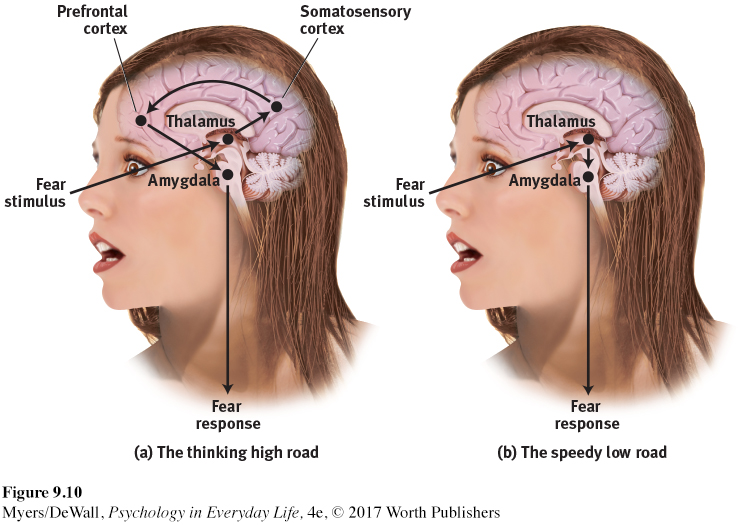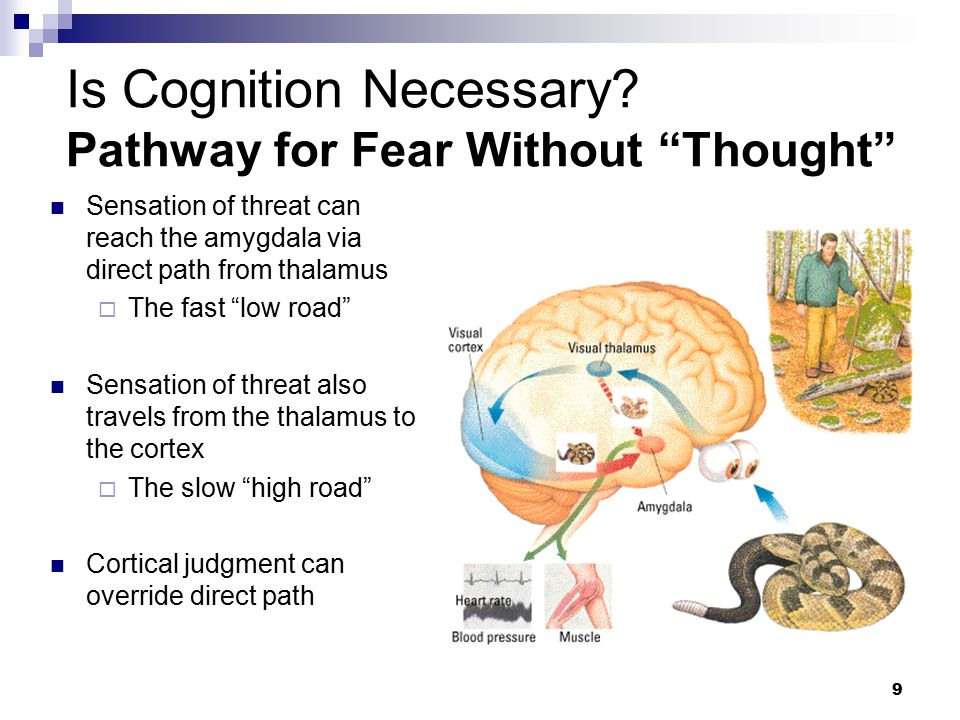BREAKING NEWS
LATEST POSTS
-
Texel Density measurement unit
Texel density (also referred to as pixel density or texture density) is a measurement unit used to make asset textures cohesive compared to each other throughout your entire world.
It’s measured in pixels per centimeter (ie: 2.56px/cm) or pixels per meter (ie: 256px/m).
https://www.beyondextent.com/deep-dives/deepdive-texeldensity
-
Mohsen Tabasi – Stable Diffusion for Houdini through DreamStudio
https://github.com/proceduralit/StableDiffusion_Houdini
https://github.com/proceduralit/StableDiffusion_Houdini/wiki/
This is a Houdini HDA that submits the render output as the init_image and with getting help from PDG, enables artists to easily define variations on the Stable Diffusion parameters like Sampling Method, Steps, Prompt Strength, and Noise Strength.
Right now DreamStudio is the only public server that the HDA is supporting. So you need to have an account there and connect the HDA to your account.
DreamStudio: https://beta.dreamstudio.ai/membership -
Zibra VDB Compression – a new solution, bringing groundbreaking OpenVDB format to game development
Zibra VDB Compression is the newest ZibraAI solution, being developed to bring film-quality VFX into games with GPU-powered compressed VDB effects.
Born from a custom AI-based technology, it makes it possible to:
- Compress huge VFXs, created in different tools and stored in OpenVDB format, up to 20 times, and add more high-quality volumetric VFX to the game, filling it with lifelike visuals, all without increasing the build size;
- Render volumetric effects in game engines in real-time;
- Reuse a volumetric effect in multiple use cases, optimizing memory consumption;
- Change the way the effect looks in different parts of the project with shaders, regulating color, density, and playback speed, all according to your needs.
Our VDB compression solution also opens new possibilities for realistic scene lighting. With our tech, you can use light data from VFX to light up a scene, add reflections, etc, making your game much more immersive and true to life.
FEATURED POSTS
-
Rec-2020 – TVs new color gamut standard used by Dolby Vision?
https://www.hdrsoft.com/resources/dri.html#bit-depth

The dynamic range is a ratio between the maximum and minimum values of a physical measurement. Its definition depends on what the dynamic range refers to.
For a scene: Dynamic range is the ratio between the brightest and darkest parts of the scene.
For a camera: Dynamic range is the ratio of saturation to noise. More specifically, the ratio of the intensity that just saturates the camera to the intensity that just lifts the camera response one standard deviation above camera noise.
For a display: Dynamic range is the ratio between the maximum and minimum intensities emitted from the screen.
The Dynamic Range of real-world scenes can be quite high — ratios of 100,000:1 are common in the natural world. An HDR (High Dynamic Range) image stores pixel values that span the whole tonal range of real-world scenes. Therefore, an HDR image is encoded in a format that allows the largest range of values, e.g. floating-point values stored with 32 bits per color channel. Another characteristics of an HDR image is that it stores linear values. This means that the value of a pixel from an HDR image is proportional to the amount of light measured by the camera.
For TVs HDR is great, but it’s not the only new TV feature worth discussing.
(more…)







